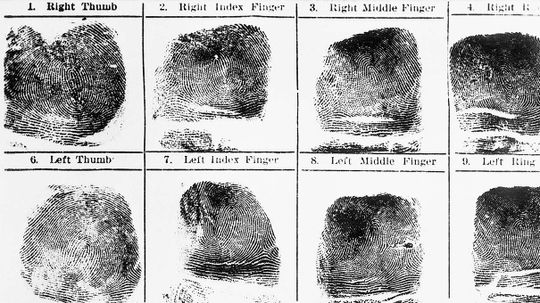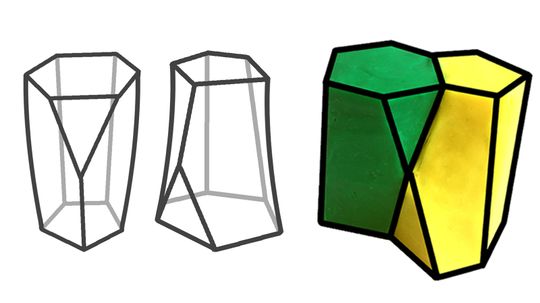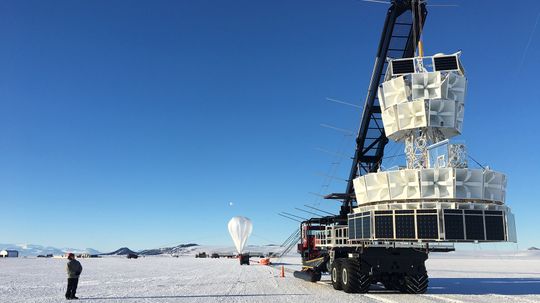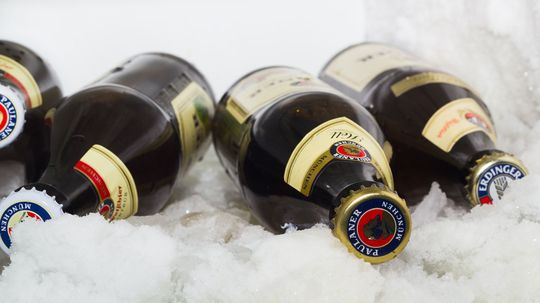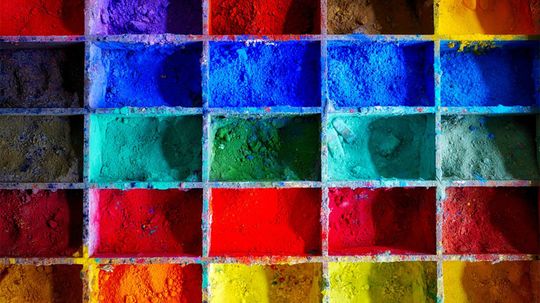Physical Science
Physical science is the study of the physical world around you. Learn about everything from electricity to magnetism in this section.

Brown Noise vs. White Noise: Which Is Best for Quality Sleep?

Can a sound wave kill you?

Can two cans and a string really be used to talk over a distance?

7 Types of Alcohol for Drinking, Cleaning and More

Understanding the Empirical Formula in Chemistry
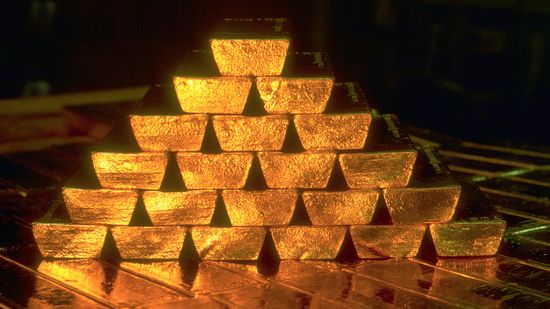
The Most Expensive Metal in the World Isn't Gold or Platinum

How Electricity Works
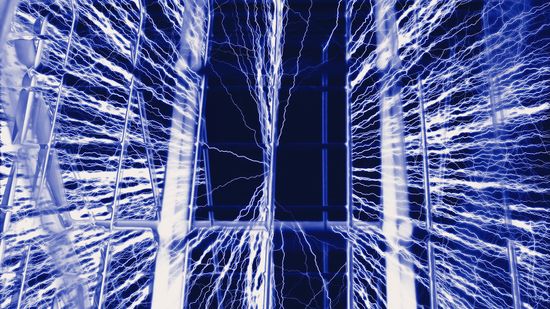
How Faraday Cages Work

How Gasoline Works

What Does Mummification Have to Do With Gene Hackman?

What do bugs have to do with forensic science?

5 Things You Didn't Know About Autopsies

How Alchemy Paved the Way for Chemistry

How did Nikola Tesla change the way we use energy?

Time May Not Exist, Say Some Physicists and Philosophers

Why Does Ice Stick to Your Fingers?

What if I forgot to remove a piercing before an MRI?

A Kid-friendly Introduction to Magnets and Magnetism
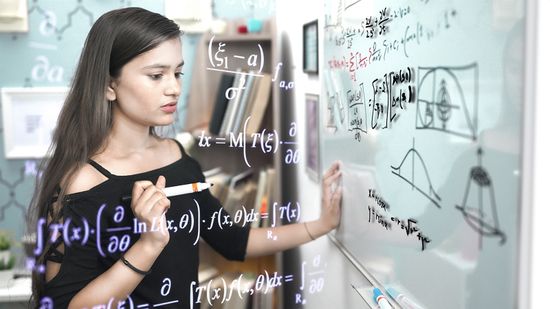
What's the Hardest Math Problem in the World? Try These 9

8 Types of Data That Inform Insights and Relationships

Congruent Angles: Definition, Symbol and Key Theorems
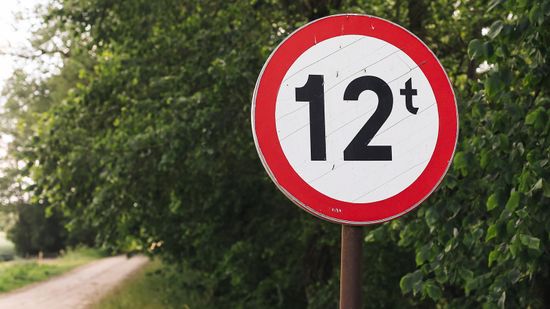
Tonnes vs. Tons: Metric vs. Imperial Measurements Strike Again

The Most Expensive Liquid Is 26,000x the Price of Human Blood

5 Hugely Fun Facts About Mass (Not Weight)

The Demon Core: A Tale of Atomic Ambition and Tragic Fate

Half-Life Formula: Components and Applications

Could an 'X17 Particle' Hint at a Fifth Force in the Universe?
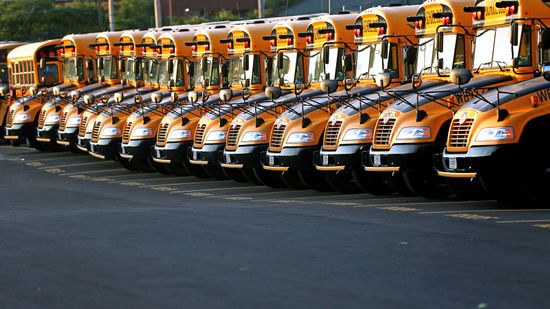
Why Are School Buses Yellow?

HowStuffWorks: How To Draw An Impossible Shape

What Are the Colors in the Visible Spectrum?
Learn More / Page 11
Our fingerprints serve to definitively identify us forever, right? But do they? How long do fingerprints remain usable as identification after we are dead?
Can you name even one female mathematician? Don't worry if you can't. That just means you need to read our article on five famous female mathematicians to up your cred.
By Dave Roos
Spanish researchers recently uncovered a new geometric shape that allows human tissue to curve. But how?
By Robert Lamb
Advertisement
You probably have a bottle of the stuff at your house. Have you ever seen it come in any color bottle besides brown?
Something very strange is afoot above the frozen landscape of Antarctica.
Light travels pretty rapidly, but when it comes to faraway galaxies, that light takes a while to reach our telescopes. In fact, the light you see might actually be from billions of years ago.
If you've ever had a half-frozen beer explode on you, you know that yes, alcohol freezes - but not all types freeze at the same rate. We'll let you in on the secrets to frozen alcoholic delights.
Advertisement
A sound wave alone probably won't kill you. Crank the volume on a terrible song, though, and you just might annoy everyone to death.
By Oisin Curran
These small molecules are the foundation for much bigger things, from ordinary household products around us to essential components within our bodies.
Polymers are the basic components in so many of the products we use each day.
What if there are colors within the visible spectrum that our brains can't perceive? In fact, there are. They're called impossible colors. But some researchers think they've discovered a way to see the impossible.
By Dave Roos
Advertisement
There are so many things in this world that are possible, and shattering glass with sonic force is one of them - but just how probable is it, really?
At the same time scientists discovered that nitrous oxide could numb agonizing pain, they also found it could make you really lightheaded and silly. Yes, huffing parties started in the 1700s.
By Dave Roos
Coroners and medical examiners both help investigate unusual or violent deaths. The two jobs are different, but deeply connected.
By John Donovan
You don't need to be a fan of chemistry to appreciate isotopes. They affect geology and medicine, too.
By Mark Mancini
Advertisement
Alchemy may seem like a cousin to witchcraft but in reality it was the forerunner of modern chemistry.
Primary colors are the blocks from which all other colors are built. But there's a lot more to know about them than the basic red, yellow and blue we learned about in kindergarten.
Long-banned in the U.S., except for religious purposes, peyote is starting to be decriminalized in some cities. But is that a good thing for this endangered plant?
Making chemical compounds is a lot like dating. Some ions are naturally compatible; others hook up out of desperation.
Advertisement
Protons and neutrons, the particles that form the nuclei of atoms, are themselves made up of even smaller particles known as quarks.
The Pythagorean theorem, which explains how to calculate the longest side of a right-angled triangle, is an ancient mathematical statement that still buttresses modern-day construction, aviation and even how we navigate through traffic.
Weight is the measurement of gravity's pull on an object. And it varies by location. Mass is a different beast altogether.
By Mark Mancini
Entropy is the disorder of a system, but that means a lot more than making a mess of a room.
Advertisement
A research team has found that water acts strangely on an air-drying towel, which contributes to its signature stiffness.
Cosmological redshift: sounds like the latest blockbuster coming to a theater near you, doesn't it? In reality, it has to do with how light itself travels -- and understanding how it works is essential to advanced space telescope technology.
